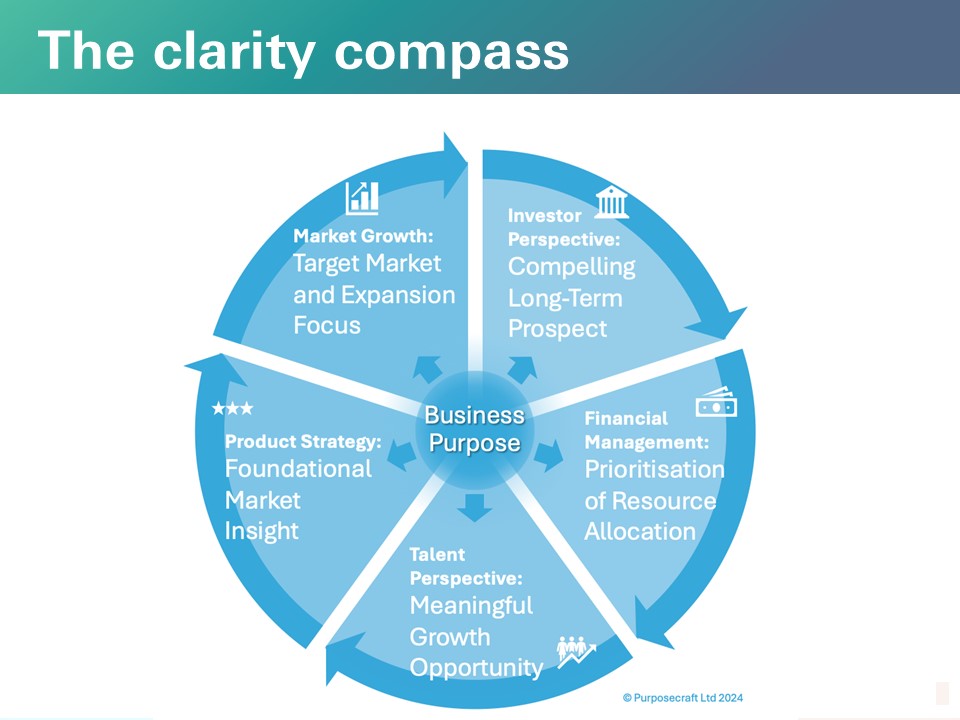How clear is your strategy? Assessing the soundness of your business purpose
- Running a business
- Article
- 3 minutes read

In today's rapidly changing market, having a clear business strategy is crucial. This is especially true in turbulent times, as many businesses have found out during recent disruptions and global challenges.
Consider the following:
If you hesitated on any of these points, it may indicate that components of your strategy are not aligned. This misalignment can cause inefficient operations, undermine growth initiatives, and make your business less attractive to investors – ultimately affecting its scalability and longevity.

To evaluate your business purpose, ask yourself:
If you answered 'no' to any of these, it might be time to revisit your business purpose and ensure it is fully embedded in your organisation.
Peter Drucker"The most successful company is not the one with the most brains, but the most brains acting in concert."
Understanding your business purpose is crucial for effective strategy and operation. If reflecting on your financial management, investment achievements, customer growth, product success, or talent strategies raises doubts, it's time to reevaluate your business purpose. A well-defined and integrated purpose aligns your strategic goals and operations with a valuable long-term opportunity, driving sustainable growth and resilience.
Purposecraft is dedicated to enabling companies to achieve sustained growth and resilience by developing and integrating a clear strategic purpose. Our team has unique experience in helping organisations of all sizes improve their performance and strategic clarity through our proven framework. We also offer a complimentary purpose audit to help businesses identify opportunities for alignment and growth.
Ready to craft your purpose? Reach out directly to the authors.